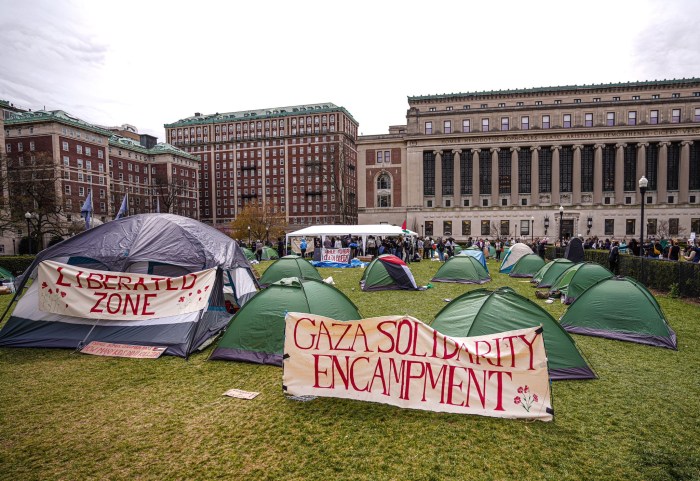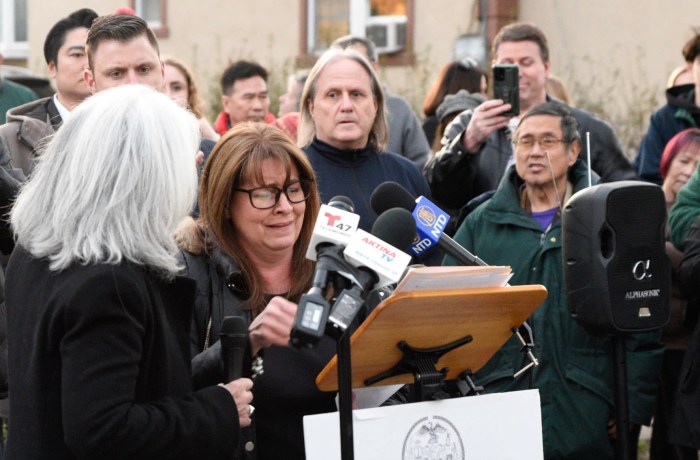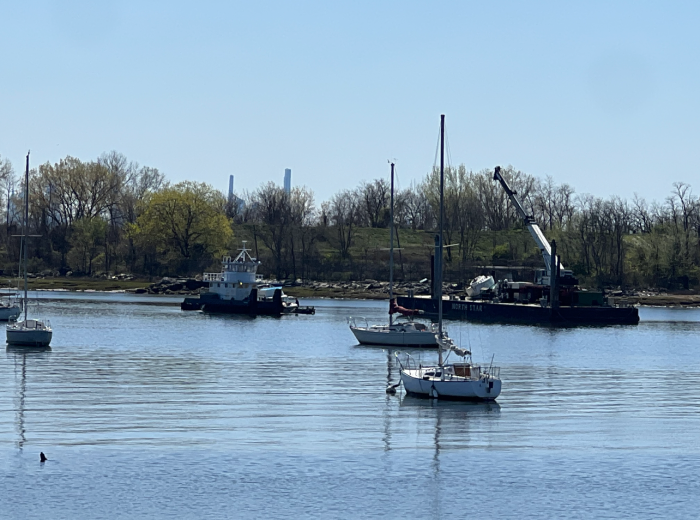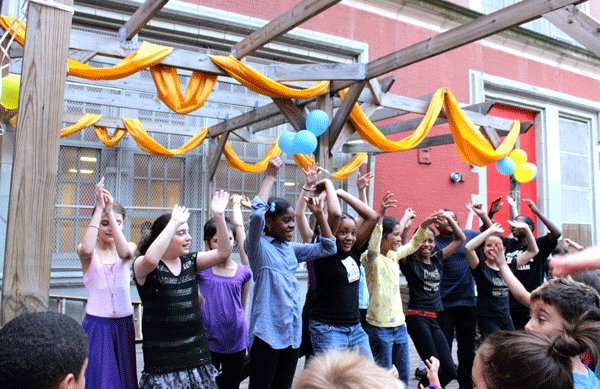
The Neighborhood School, with its welcoming red doors at 121 E. Third St. between First Ave. and Avenue A, has maintained a vision of nontraditional, progressive education since its inception 20 years ago. On June 6, the school held a festive celebration to mark its platinum anniversary and to honor its four founders — Laurie Engle, former principal Judith Foster, Katie Andino-Fernandez and Debbie McLaughlin, who still teaches pre-KK — in addition to its founding teachers and families.
Before the school was created, a lot of middle-class families were leaving School District 1 (Lower East Side, East Village) for neighboring District 2, which had more progressive schools. So District 1 followed suit.
“Teachers could plan curriculum and really have a say in what we could do with the kids,” said Andino-Fernandez, who taught first and second grade here for 10 years. “We were treated as professionals.”
As Foster (who was unable to attend the anniversary event) wrote in the program notes, “The founders believed in the capacity of all children to tap into and develop their innate talents, aptitudes and academic skills when encouraged to participate in curriculum that is about the world, about life, outside as well as inside the physical confines of the school building.”
Enhancing the core subjects of reading, writing, mathematics, social studies and science/technology are dance, music, theater and yoga — via residencies by professionals in their fields. (All teachers are U.F.T./New York City public school teachers.)
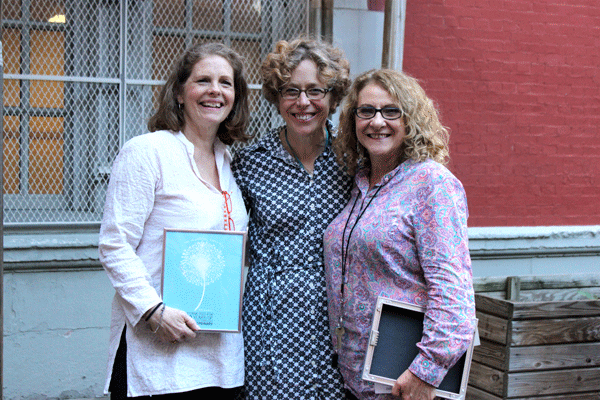
Novelo began here as a part-time math coach, teaching teachers, before taking over the helm three years ago.
The physical education teacher does conflict resolution as well as lead playtime in all the classes.
“It’s not just physical coordination, but also collaborative games, where they are focused on how to work together as a team to achieve a certain goal,” said Novelo.
But the all-encompassing sixth subject is community.
“How we use discourse, how we generate interest, status, importance and the connection to one another’s ideas and make sense of each other is another part of the curriculum,” Novelo explained.
Muentes, whose son is a kindergartner, said as a parent she has also gained a community.
“It’s not just dropping off and picking up your child,” she noted. “We watch each other’s kids and are involved. It has become a part of my life.”
A unique feature of the school is that mixed ages study together in almost all subjects, like in the traditional one-room schoolhouse model.
“Kids learn well when they take care of each other,” said Novelo.
There are 14 classes, pre-K to fifth grade (ages 3 to 12), with an average of 25 students per class, a total enrollment of 311.
“Budget cut after budget cut, class size is the last to be touched,” the principal stressed. “It’s something we hold sacred.”
The Neighborhood School is a “School of Choice,” like a magnet school. Most districts are zoned and students go to the school they are zoned for. But in District 1, parents are permitted to send their kids to any school within the district. In addition, the federal No Child Left Behind Act gave families the choice of different schools and districts, so some kids come from neighboring areas and as far away as the Bronx and Brooklyn.
Originally, the school was racially stratified with a lottery, and the administrators could pick the percentage of kids from racial categories to be reflective of the community. That is no longer allowed, and they are obligated to participate in the central enrollment process, explained Novelo.
“The problem is that as the neighborhood gentrifies, there is gentrification of the school population, which is not part of the school’s intent or mission,” Novello said.
“But it’s still one of the most diverse schools you’ll find,” he stated. “It’s important for kids to learn to be with kids who are like them and different from them. It expands their sense of self and connects them to more people in the world.”
The evening’s activities included an indoor feast and entertainment in the schoolyard. Grade two “pop stars” sang; grade five’s Josie Ingall played the flute; multigrade kids danced salsa, co-choreographed by fifth graders Ayanna Harrington and Cecelia McAndrews; and the fifth-grade graduating class sang a lively farewell song, “Dynamite,” by Taio Cruz.
Ayo Harrington said her granddaughter Ayanna transferred here several years ago in the second grade from a charter school that wasn’t doing its job. Ayanna, who grew up in the neighborhood, said, “I love it here, and I am going to miss it. The teachers made learning fun.”
But Ayo, who has been involved with the school since the beginning, pointed out that Ayanna is not really leaving.
“It is tradition to come back often,” she said.
Sixth grader Alexia Muentes, whose first language is Spanish, returns one afternoon a week — every staff-development half-day at her middle school — to volunteer in the Spanish program, where students are exposed to the language in all grades. Jocelyn Lieu’s daughter Gracie, who also graduated last year, helps out in the classroom on her half-day off.
“She loves it so much — the teachers, the learning, the activities, her friends, the place,” said Lieu.
“It will always be her school,” Lieu observed. “The red doors will always be open for her.”











